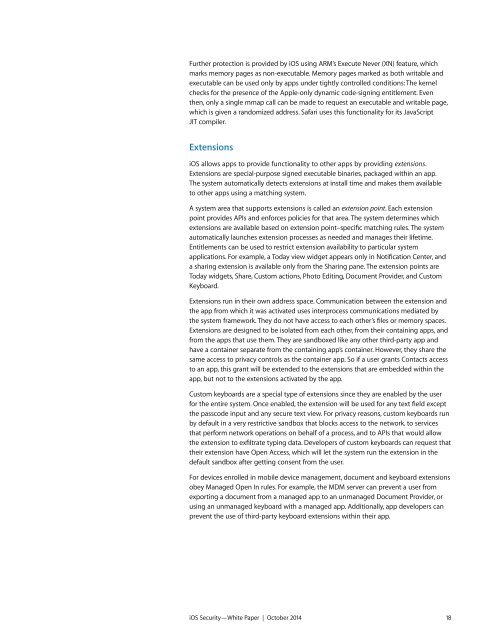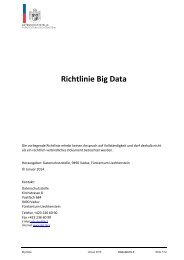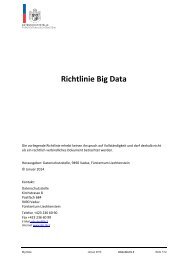Apple iOS Security Guide
You also want an ePaper? Increase the reach of your titles
YUMPU automatically turns print PDFs into web optimized ePapers that Google loves.
Further protection is provided by <strong>iOS</strong> using ARM’s Execute Never (XN) feature, which<br />
marks memory pages as non-executable. Memory pages marked as both writable and<br />
executable can be used only by apps under tightly controlled conditions: The kernel<br />
checks for the presence of the <strong>Apple</strong>-only dynamic code-signing entitlement. Even <br />
then, only a single mmap call can be made to request an executable and writable page, <br />
which is given a randomized address. Safari uses this functionality for its JavaScript <br />
JIT compiler.<br />
Extensions<br />
<strong>iOS</strong> allows apps to provide functionality to other apps by providing extensions.<br />
Extensions are special-purpose signed executable binaries, packaged within an app. <br />
The system automatically detects extensions at install time and makes them available <br />
to other apps using a matching system.<br />
A system area that supports extensions is called an extension point. Each extension <br />
point provides APIs and enforces policies for that area. The system determines which<br />
extensions are available based on extension point–specific matching rules. The system<br />
automatically launches extension processes as needed and manages their lifetime.<br />
Entitlements can be used to restrict extension availability to particular system<br />
applications. For example, a Today view widget appears only in Notification Center, and <br />
a sharing extension is available only from the Sharing pane. The extension points are<br />
Today widgets, Share, Custom actions, Photo Editing, Document Provider, and Custom<br />
Keyboard.<br />
Extensions run in their own address space. Communication between the extension and<br />
the app from which it was activated uses interprocess communications mediated by <br />
the system framework. They do not have access to each other’s files or memory spaces.<br />
Extensions are designed to be isolated from each other, from their containing apps, and<br />
from the apps that use them. They are sandboxed like any other third-party app and<br />
have a container separate from the containing app’s container. However, they share the<br />
same access to privacy controls as the container app. So if a user grants Contacts access<br />
to an app, this grant will be extended to the extensions that are embedded within the<br />
app, but not to the extensions activated by the app.<br />
Custom keyboards are a special type of extensions since they are enabled by the user<br />
for the entire system. Once enabled, the extension will be used for any text field except<br />
the passcode input and any secure text view. For privacy reasons, custom keyboards run<br />
by default in a very restrictive sandbox that blocks access to the network, to services<br />
that perform network operations on behalf of a process, and to APIs that would allow<br />
the extension to exfiltrate typing data. Developers of custom keyboards can request that<br />
their extension have Open Access, which will let the system run the extension in the<br />
default sandbox after getting consent from the user.<br />
For devices enrolled in mobile device management, document and keyboard extensions<br />
obey Managed Open In rules. For example, the MDM server can prevent a user from<br />
exporting a document from a managed app to an unmanaged Document Provider, or<br />
using an unmanaged keyboard with a managed app. Additionally, app developers can<br />
prevent the use of third-party keyboard extensions within their app. <br />
<strong>iOS</strong> <strong>Security</strong>—White Paper | October 2014 18











